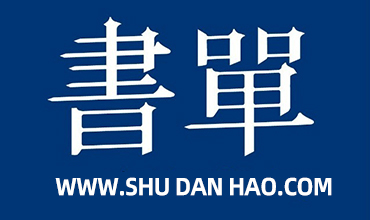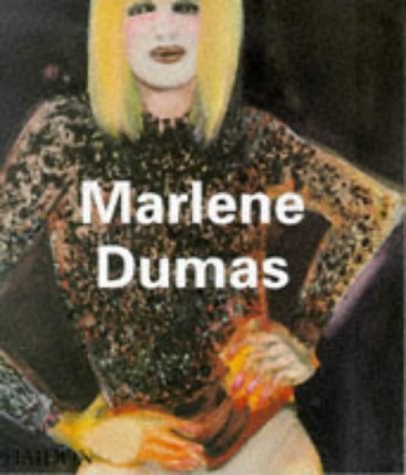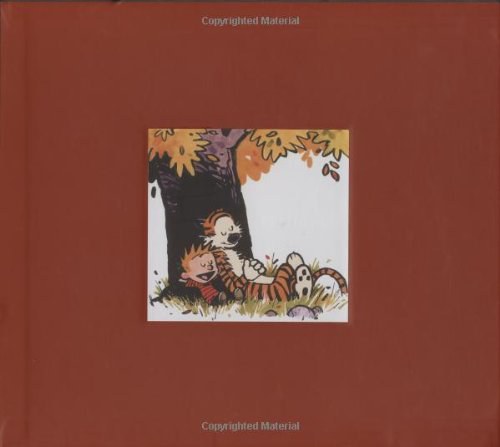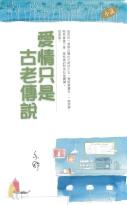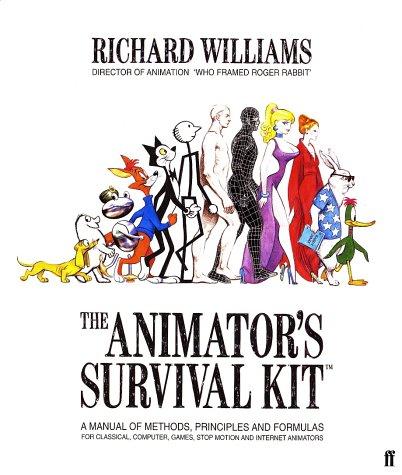
Francesca Bray《Technology, Gender and History in Imperial China》
书刊介绍
内容简介
What can the history of technology contribute to our understanding of late imperial China? Most stories about technology in pre-modern China follow a well-worn plot: in about 1400 after an early ferment of creativity that made it the most technologically sophisticated civilisation in the world, China entered an era of technical lethargy and decline. But how are we to reconcile this tale, which portrays China in the Ming and Qing dynasties as a dying giant that had outgrown its own strength, with the wealth of counterevidence affirming that the country remained rich, vigorous and powerful at least until the end of the eighteenth century? Does this seeming contradiction mean that the stagnation story is simply wrong, or perhaps that technology was irrelevant to how imperial society worked? Or does it imply that historians of technology should ask better questions about what technology was, what it did and what it meant in pre-modern societies like late imperial China?
In this book, Francesca Bray explores subjects such as technology and ethics, technology and gendered subjectivities (both female and male), and technology and statecraft to illuminate how material settings and practices shaped topographies of everyday experience and ideologies of government, techniques of the self and technologies of the subject. Examining technologies ranging from ploughing and weaving to drawing pictures, building a house, prescribing medicine or composing a text, this book offers a rich insight into the interplay between the micro- and macro-politics of everyday life and the workings of governmentality in late imperial China, showing that gender principles were woven into the very fabric of empire, from cosmology and ideologies of rule to the material foundations of the state and the everyday practices of the domestic sphere.
This authoritative text will be welcomed by students and scholars of Chinese history, as well as those working on global history and the histories of gender, technology and agriculture. Furthermore, it will be of great use to those interested in social and cultural anthropology and material culture.
相关推荐
-

1911:让我们谈谈革命
1911:让我们谈谈革命 本书特色 晚清*后的政治大佬如何试图力挽狂澜? 游走在忠诚与背叛之间的“大投机者”自立门户同时为何力保帝国利益? 满...
-

扶轮问路
《扶轮问路》内容简介:从21岁至今,历经三十余年轮椅生涯,史铁生成了一位睿智的作家和思想者。本书是凝结了史铁生近两年来所思所
-

皇后之死
皇后之死 节选 nbsp; 一 高雄《台湾时报》得以有“湖滨读史札记”伟大的专栏,得感谢四位:一位是王杏庆先生,他通风报信。一位是...
-

电工基本技能训练教学指导书
《电工基本技能训练教学指导书》内容简介:本教学指导用书根据人力资源和社会保障部培训就业司颁发的《维修电工技能训练教学大纲》
-

白话三国志-线装经典
白话三国志-线装经典 本书特色 《线装经典:白话三国志》是一部记述三国时期重要史事和人物的纪传体断代史,是“二十四史”中“前四史”之一。《三国志》详细记载了从魏...
-
![[美] 凯瑟琳·克莱斯曼·泰勒《查无此人》](http://oss.shudanhao.com/caiji/chazidian/2023/24729.jpg)
[美] 凯瑟琳·克莱斯曼·泰勒《查无此人》
友谊和人性在压力面前,将何去何从那一瞬间的软弱和自私,造成了难以弥补的终生遗憾书信的两端,是两个亲若兄弟的朋友。短短两年
-

国际名人看中国:白求恩随行护士自述(1932-1939)
国际名人看中国:白求恩随行护士自述(1932-1939) 本书特色 作者在1938年被选为诺尔曼?白求恩的助手在中国工作,无意中见证了中国的一些历史事件。作者略...
-

中国人民大学法学院院史(1950—2020)
《中国人民大学法学院院史(1950—2020)》内容简介:2020年是中国人民大学法学院成立70周年,本书在回顾法学院70周年学术发展时,
-

邓广铭《辽宋夏金史讲义》
本书是著名历史学家邓广铭先生于20世纪50年代初在北京大学授课时的讲义。辽宋夏金是中国历史的转型期,中国经济重心的转移以及由
-

新民说宋 现代的拂晓时辰
新民说宋 现代的拂晓时辰 本书特色 长久以来,提及宋朝,大多数人的印象仍是积贫积弱。然而海外汉学家却对这个“贫弱”的王朝不吝赞词。既然宋...
-

“互联网+”时代教师个人知识管理
《“互联网+”时代教师个人知识管理》内容简介:互联网引发知识大爆炸,如何利用互联网这一知识的宝库进行知识的搜索、收集、关联、
-

(精装)全宋笔记第十编(全12册)
(精装)全宋笔记第十编(全12册) 本书特色 ★宋人笔记是了解中国古代文化和社会生活的宝贵资料,这些宋人笔记中,有些笔记尽管篇幅不多,但其内容涉及当时的社会经济...
-

十字军史
十字军史 本书特色 十字军运动自11世纪始,直至18世纪末,历时数百年,深刻影响了欧洲乃至中东、北非的历史,然而我国读者却鲜能对这段历史有全面的了解。本书正是一...
-

无锡史话
无锡史话 本书特色 无锡历史悠久,钟灵毓秀,被誉为“太湖明珠”。《无锡史话》一书从历史沿革、史海钩沉、地方文化、自然人文景观、现代风貌等方面,以翔实的资料、丰富...
-

James A·Millward《Beyond the Pass》
JamesA.MillwardsstudyoftheQingdynastysgovernanceofXinjiangispossiblythemostcaref...
-

战国九局
战国九局 本书特色 世人熙熙为名,攘攘为利,万千只手布置着万千种局;世事如棋局局新,无逃于赌局之间。从战国初期到秦朝末年,尔攻我伐,尔虞我诈,这个从未间断过的超...
-

从医疗看中国史
从医疗看中国史 本书特色 李建民所著的《从医疗看中国史》的研究成果,旨在寻找历史新议题、连接医学史与一般史,同时瓦解既存的社会史、文化史等分类框架,以及打破史学...
-

二战秘史之苏联反击战
二战秘史之苏联反击战 本书特色 《二战秘史之苏联反击战》舍不得一口气读完的二战史,老师不肯教、历史书上看不到;读一页解惑、读两页上瘾!二战秘史之苏联反击战 内容...
-
![[意] 布拉加丁《地中海海战》](http://oss.shudanhao.com/caiji/chazidian/2023/24155.jpg)
[意] 布拉加丁《地中海海战》
本书主要介绍了意大利海军在第二次世界大战中的作战历史。意大利海军舰艇部队训练有方,技术比较熟练,在地中海作战中经常能战胜
-

世界之书:一部简明的人类冒险史
世界之书:一部简明的人类冒险史 本书特色 《世界之书:一部简明的人类冒险史》从文明的角度,讲述人类历史的发展,从古埃及、古希腊、古罗马到东方的佛陀、孔子、老子,...

